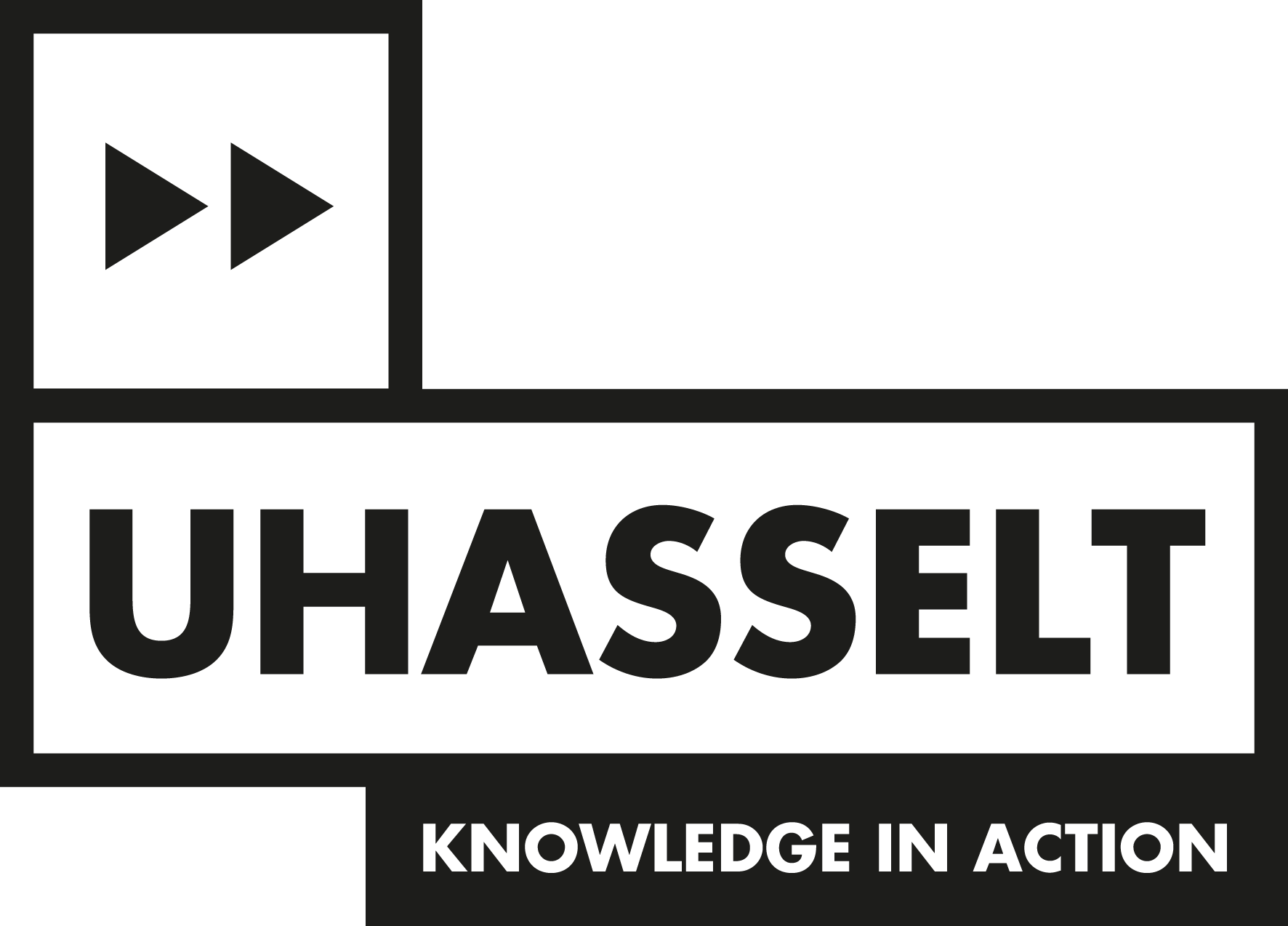As Found Network
READ.ADAPT.REUSE.
Reading and transforming the As Found.
- contact: asfound.network@uhasselt.be
Information & registration Thematic Tracks

Scientific Research Network
The researchers involved in the Scientific Research Network Read.Adapt.Reuse share an interest in exploring innovative methods for reading and interpreting the cultural layers of the built environment and activating tangible and intangible traces of the past. Given that the built environment is an interdisciplinary field, an innovative and integrated approach to reading and transforming the ‘as found’ – the existing architectural fabric – is needed.
This requires the involvement of a critical number of researchers from various disciplines, including architectural design and theory, interior architecture, construction history, material culture, heritage conservation, landscape architecture, and urban design. By bringing researchers together, we aim to exchange and borrow perspectives, findings, and concepts, which would enable synergies and create added value for each discipline involved.
Furthermore, coordinated integrations would facilitate innovative methods and facilitate a better connection between reading and interpreting the cultural layers of the built environment.
The interdisciplinary collaboration in this network allows for the achievement of the following scientific goals:
- to map, advance, develop, and evaluate innovative and integrated approaches and methods to read and interpret the cultural layers of the ‘as found’ and
- to implement these interpretations in adaptive reuse projects, with the overall aim to promote a holistic, culturally sustainable approach to the built environment. The two-fold scientific goal is translated into three research questions (RQ):
- (RQ1) Which existing methods used to read the ‘as found’ through a cultural lens allow for fruitful synergies to be explored?
- (RQ2) How can these existing methods be enhanced, and new approaches be developed from a multidisciplinary perspective?
- (RQ3) What is the added value of these new and improved methods in steering a more cultural approach to reading and transforming the built environment?
Steering Committee:
- Lionel Devlieger, Ghent University
- Bie Plevoets, Hasselt University
- Mario Rinke, University of Antwerp
- Stephanie Van de Voorde, Vrije Universiteit Brussel
- Caroline Voet, KU Leuven
Partner Institutes and Members
- Faculty of Architecture and Arts, Hasselt University, Belgium
Bie Plevoets (spokesperson), Koenraad Van Cleempoel, Saidja Heynickx, Malinde Valée, Marie Moors, Chris Bessemans, Colm mac Aoidh - Department of Architecture, KULeuven, Belgium
Caroline Voet (spokesperson), Sven Stercken, Saar Meganck, Laura Lievevrouw, Floris De Bruyn, Charlotte Ardui, Stijn Cools, Harold Fallon, Bart Hollanders, Mechthild Stuhlmacher, Femke Van der Meulen - VUB Architectural Engineering, Vrije Universiteit Brussel, Belgium
Stephanie Van de Voorde (spokesperson), Ine Wouters, Waldo Galle, Ann Verdonck, Robby Fivez, Lara Reyniers, Marylise Parein, Louise Huba, Esther Geboes, Chiara Kuijpers, Ruben Van Vooren - Henry van de Velde Research Group, University of Antwerp, Belgium
Mario Rinke (spokesperson), Lara Schrijver, Inge Bertels, Sara Eloy - Department of Architecture and Urban Planning, Ghent University, Belgium
Lionel Devlieger (spokesperson), Maarten Liefooghe, Lieven Nijs, Simon J. Barker, Arne Vande Capelle
- Faculté d’architecture La Cambre-Horta, Université libre de Bruxelles, Belgium
Wouter Van Acker (spokesperson), Tiphaine Abenia, Pauline Lefebvre - Faculty of Architecture, University of Liège, Belgium
Claudine Houbart (spokesperson), Stéphane Dawans, Pierre Hallot, Philippe Sosnowska, Maxime Coq, Baptiste Drugmand, Negin Eisazadeh, Pierre Jouan, Astrid Schreurs, Vanessa Melina Ziegler (DIVA), Benoit Vandenbulcke (Team 11) - Faculty of Architecture, Technical University Delft, The Netherlands
Eireen Schreurs (spokesperson), Paul Vermeulen, Chiara Pradel, Leeke Reinders, Peng Lee - Umbaukultur - Theories of Practices of Repair, University of Wuppertal, Germany
Christoph Grafe (spokesperson), Georg Giebeler, Tanja Siems, Holger Hoffmann, Annette Hillebrand, Mara Traub - ProBe (Centre for the Study of the Production of the Built Environment, University of Westminster, United Kingdom
Rosa Schiano-Phan (spokesperson), Linda Clarke, Christine Wall, Fernando Duran-Palma, Maria Christina Georgiadou
- Department of Architecture and Built Environment, Northumbria University, United Kingdom
Francesca Lanz (spokesperson), Paul Ring, Andrea Couture, Kathleen Gatward, Elisabetta Tafaro - OCCAS (The Oslo Centre for Critical Architectural Studies), The Oslo School of Architecture and Design, Norway
Even Smith Wergeland (spokesperson), Kim Pløhn - Architectural Design, Technology and Representation / Heritage and Modernity platform, KTH Royal Institute of Technology School of Architecture, Sweden
Thordis Arrhenius (spokesperson), Erik Stenberg, Ulrika Knagenhielm-Karlsson, Marcelo Rovira, Catharina Gabrielsson - Department of Architecture, University of Coimbra, Portugal
Paulo Providência (spokesperson), José F. Gonçalves, Gonçalo C. Moniz, Armando Rabaça, Luís Sobral - Ontario Material Landscapes Research Group (University of Waterloo School of Architecture; Carleton University Schools of Canadian Studies/Architecture and Urbanism; Local Technique / Willowbank School of Restoration Arts; Ontario, Canada)
Jane Mah Hutton (spokesperson), Alison Creba, Susan Ross
Associate Members
- Department of Architecture and Urban Studies, Politechnico Milano, Italy
Michela Bassanelli, Gennaro Postiglione - ArCHIAM Centre, Liverpool School of Architecture, United Kingdom
Giamila Quattrone
This network is funded by a grant from the Flemish Research Foundation (FWO)







